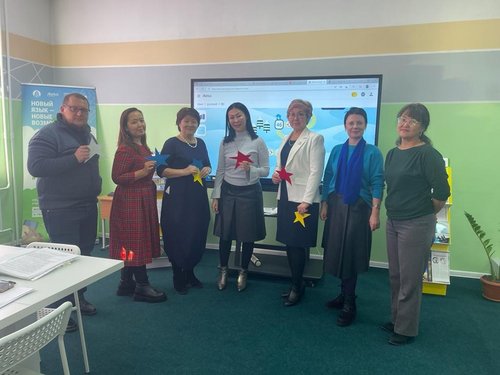On December 10, 2022, on the basis of the capital lyceum school No. 53, a methodological seminar on the topic "Balance of language skills in a blended format of teaching Russian as a foreign language using the Akelius platform " was held offline.
Elmira Kaldybekovna Yerkebekova, Candidate of Philology, Associate Professor of the Department of Languages at IITU, spoke about the concept of blended learning format, and also revealed the concept of listening, explaining its difficulties and technologies.
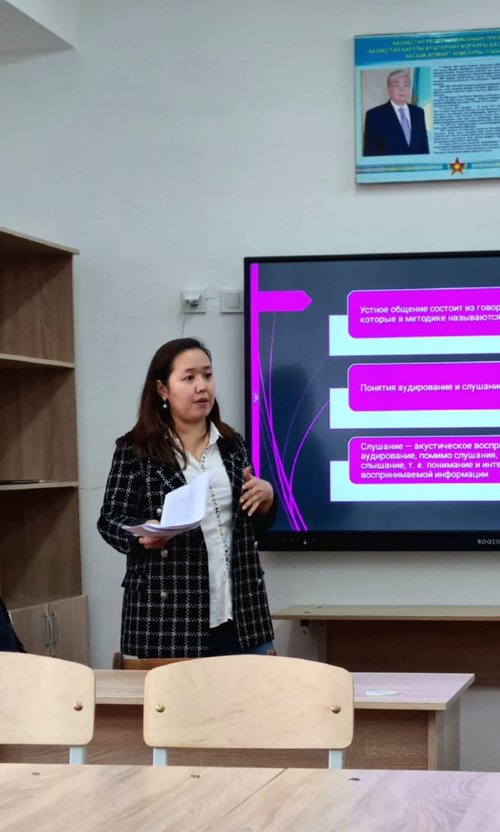
“Blended learning is an educational approach that combines teacher-assisted learning (face-to-face) and online learning, involving elements of student self-control of the trajectory, time, place and pace of learning, and the integration of the learning experience offline (in class) and online,” Elmira Kaldybekovna says.
According to her, oral communication consists of speaking and hearing, which in the methodology are called listening or auding. Listening and hearing are not synonymous. Hearing is the acoustic perception of the sound range. Listening or auding, in addition to hearing, involves understanding and interpreting of the perceived information.
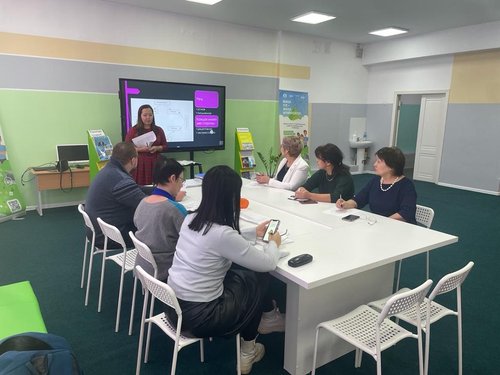
Speaking about the difficulties of listening, Elmira Kaldybekovna divided them into 6 groups. So, according to her, the quality of listening is influenced by:
- perception conditions,
- audition source,
- linguistic form and content of the audio text,
- form of audio text presentation,
- types of statements (monologue, dialogue),
- sociocultural component of education.
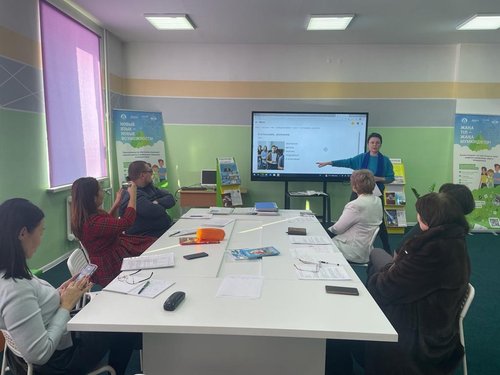
In order to teach children listening comprehension, the teacher should encourage listening to audio materials at home and in the language laboratory, as well as teach children the use of props and pegs.
“The methodology distinguishes between visual and verbal props in teaching listening . Visual props include maps, pictures, photographs, diagrams, site plans and other graphic materials. Verbal props can be presented in the form of keywords, plans, headings, various questionnaires that allow the listener to divide the text in accordance with the proposed method,” Elmira Kaldybekovna explained.
It is important to teach students to find pegs in the audio text. These can be intonationally highlighted words, headings and subheadings, words with logical stress, rhetorical questions, and repetitions. The expert suggests dividing the work on the text into the following stages:
1) Pre-text, where a preliminary task is given.
2) Text, where children listen to audio.
3) Post-text, where understanding the audio text is checked.
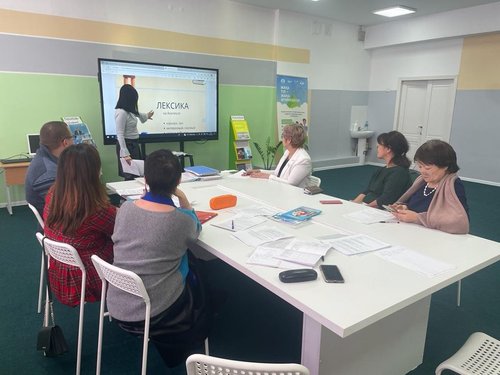
The next speaker, Ph.D. in Philology, Assistant Professor of the Department of Languages at IITU, Yevgeny Yuryevich Medvedev, explained how to balance the language skills of "reading" and "writing" in Russian as a foreign language.
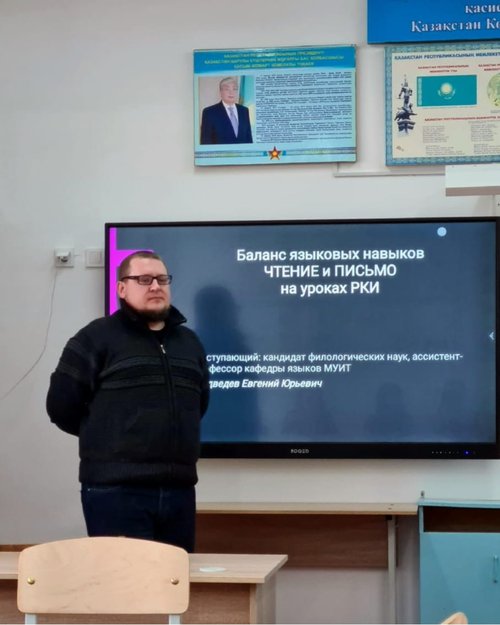
According to Yevgeny Yuryevich, students have developed a reading technique if there is a strong connection between letters and sounds, and articulation and intonation skills have been developed at the text level.
“A very important skill for the reading process is forecasting - the ability to correctly guess a word by its individual elements and anticipate the subsequent words of a phrase,” Evgeny Yuryevich emphasized.
In the course of the training, he mentioned exercises for developing reading skills that are performed aloud, and then moved on to aspects of writing and told in what sequence the letters should be introduced.
“While teaching writing, we work on the technique of writing and on developing the ability to convey semantic information using the graphic code of the language being studied. Letters must be introduced with the increase in the degree of difficulty of writing,” he explained.
According to him, there are letters of "zero degree of complexity" -where the initial element is equal to the letter (г, о, с, ь). This is followed by the letters of the “first degree of complexity”, combining two elements (д, у, а). It is possible to use a combined method, in which letters are grouped in series according to the resemblance of graphic elements (о, а, ю, д, б, ф, я или и, й, ш, ц, щ, у).
During the seminar, teachers could ask questions to the speakers, make their own additions and clarifications. Recall that a joint project with Akelius and UNICEF has been implemented in Kazakhstan since autumn 2021. By the end of the project (February 2023), 250 children are expected to be trained on the Akelius platform, and the blended language learning methodology will become an example for improving literacy in other subjects and teaching in a digital environment.
